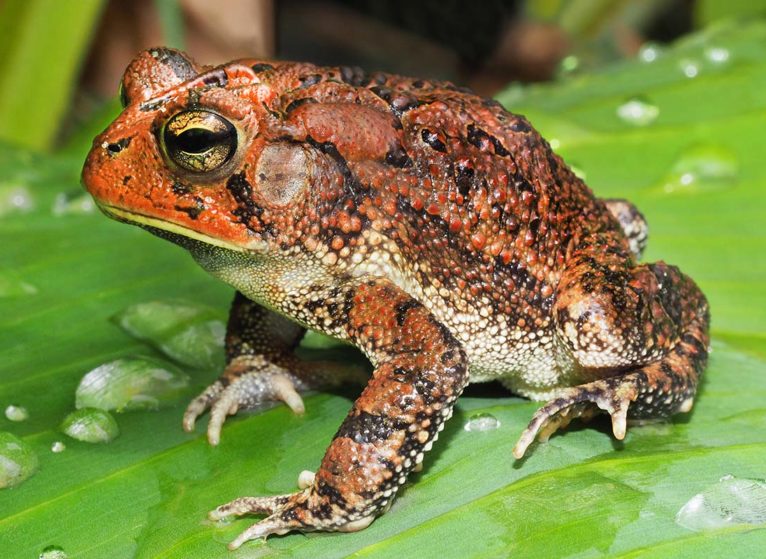Was that spider bite from a brown recluse? What do I do if a copperhead bites me? How many yellowjacket stings makes it an emergency? A new, free downloadable book about venomous and poisonous animals by UVA Health's Blue Ridge Poison Center, UVA School of Medicine’s Division of Medical Toxicology, and the Virginia Master Naturalists, includes these answers and more.
A Free Downloadable Guide for Nature-Lovers
For all venomous and poisonous animals found in Virginia, The Cleopatra Project — Poisonous and Venomous Animals in Virginia includes:
- Photos
- A description
- Where in Virginia they're found
- Poisoning symptoms
- What to do if you're stung, bitten, etc.
5 Things You Might Not Know About Venomous & Poisonous Animals
Poison v. Venom — What's the Difference?
You usually ingest or absorb poison from poisonous animals through your skin. Animals use poison to defend themselves against predators.
Animals typically inject venom into their targets through fangs, stingers, or claws. They use venom to catch their prey.
A Million Ants
Before you even read about poisonous ants, the book hits you with this unbelievable fact: there are more than a million ants for every human on Earth. In fact, the total mass of all ants on the planet is greater than the total mass of all human beings.
Copperhead Bite? Don't Do These Things
Of the 4 venomous snakes found in Virginia, the copperhead is the only one found throughout most of Virginia — in woodlands, fields, swamps, houses, and barns.
If a copperhead bites you, do NOT:
- Try to suck the venom out
- Use a tourniquet
- Apply ice or heat
If you can, snap a photo of the snake. But don't delay treatment or chase after the snake to get the photo.
Disaster? Don't Eat the Toads
Power grid go down? Zombie apocalypse? In an end-of-times disaster, you might get desperate in your search for food. But think twice before you eat a toad. Or a frog, if you're like me and aren't sure you can tell them apart. Several toads are among the poisonous animals found in Virginia and are most dangerous when eaten.
Even in less dangerous times, careful kissing (or holding) toads. You can absorb poison from several of them through your skin.
25 Wasp Stings? Get Medical Attention
While painful, 1 wasp sting doesn't deliver a big enough dose to be dangerous, unless you're allergic. But you should get medical attention when you get stung more than 25 times or a child, older person, or someone with breathing or heart problems gets stung multiple times.

